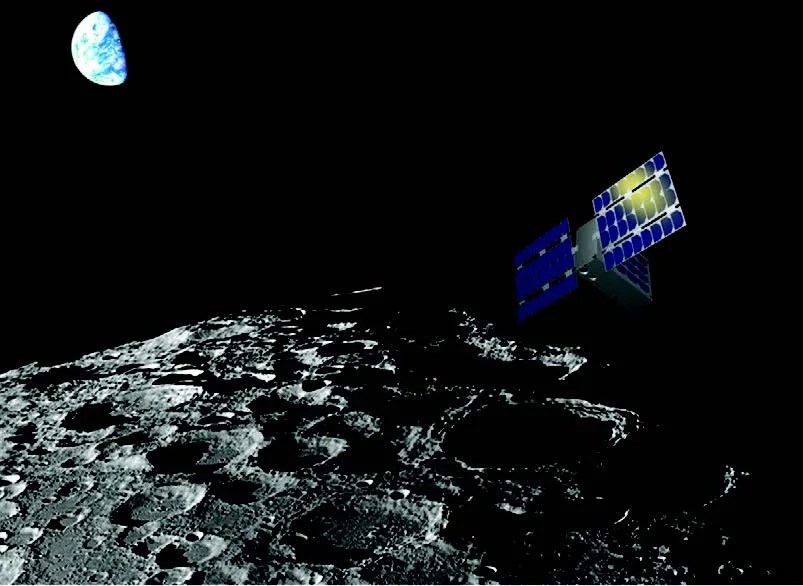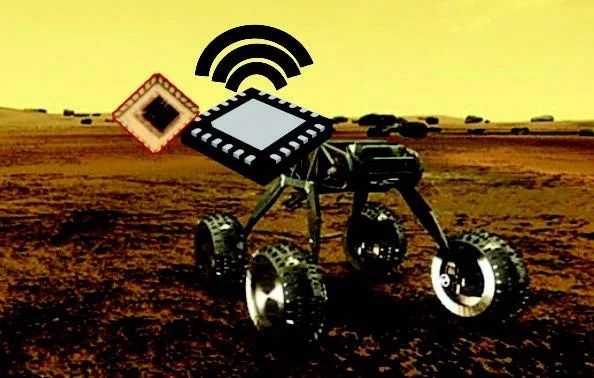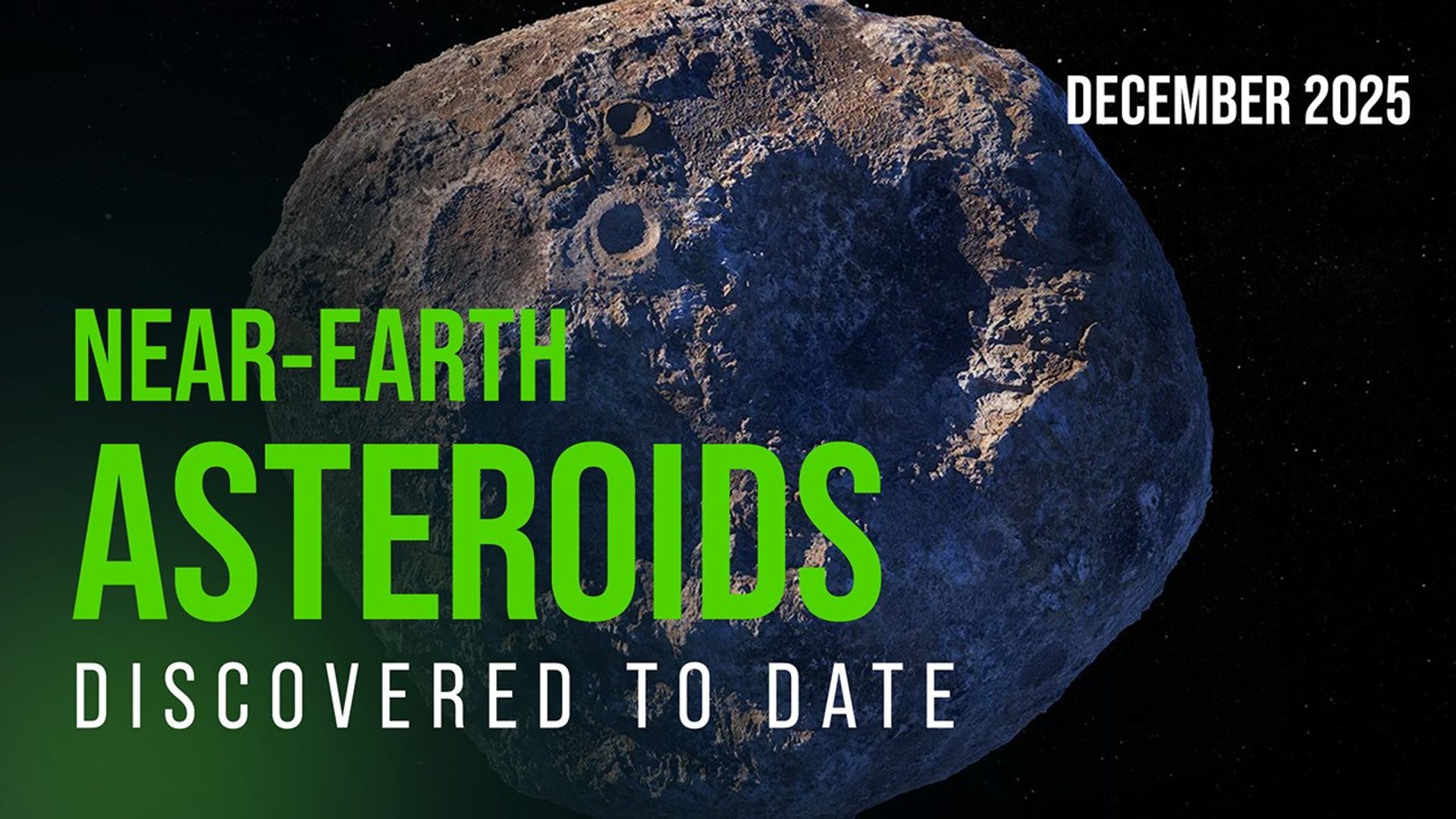This blog post originated in the 2018 Science Mission Directorate Science and Technology Report.
PROJECT
Planetary Exploration Science Technology Office (PESTO)
KEY POINTS
A new office has been created to manage the development of scientific instruments, space vehicle technologies, and mission support technologies needed for future planetary science missions.

Planetary Science missions span the solar system and encompass the harshest known environments. From the scorching, caustic surface of Venus to the frigid cold-traps on the Moon, advanced technologies are needed to orbit, land, and explore all planetary bodies to seek answers to the fundamental science questions that guide NASA exploration: How did our solar system form and evolve? Is there life beyond Earth? And what are the hazards to life on Earth?
New capabilities are required to enable exciting planetary science missions across a very broad set of destinations. The 2011 Decadal Survey Visions and Voyages recommended that PSD set aside 6 – 8% of its budget each year to develop technologies needed for these future missions. Per the decadal survey, these technologies should encompass science instruments, technologies needed for solar system access and in situ exploration, and core supporting technologies such as trajectory analysis and autonomy. In addition, a Planetary Science Technology Review Panel (July 2011) recommended a similar budget and that a technology program director should be named and given responsibility for achieving these goals, with a supporting office.
Accordingly, in 2017 PSD chartered the Planetary Exploration Science Technology Office (PESTO) to manage non-nuclear planetary technology investments that are not yet specific to a mission in development. The PESTO office acts as an agent of NASA Headquarters and is managed and supported by staff at the Glenn Research Center with support from other institutions as appropriate. The key functions of the PESTO office are outlined on the following page.

Strategy
Annually, PESTO recommends a technology strategy to PSD to establish technology investment priorities, define project goals and requirements, and define a schedule and approach to achieve them. PESTO conducts in-depth assessments and establishes design reference missions as needed to determine technology goals and measure technology benefits and relevance. PESTO has created a roadmap to develop the recommended technologies, quantifying technical goals and scoping cost and schedule.
Management
PESTO has established a management structure to manage technology elements under its purview. This management function includes writing solicitations, running panels, and recommending selections; monitoring technical work and tracking financials; synthesizing tasks to create system-level benefits; and recommending new work. PESTO coordinates with existing programs that are managing mission-specific technology development, where projects, budgets, and requirements are established outside of PESTO to support a flight mission.
Coordination
PESTO tracks investments in relevant work being done throughout the Agency, provides technical need statements to other organizations to help influence external investments as appropriate, and maintains awareness of relevant work in industry and academia and other government agencies.
Exciting new science discoveries of the future require investments in more capable technologies now—particularly in technologies that operate in extreme environments. - Dr. Lori Glaze, PSD Director
Infusion
The goal of all technology development within PSD is to infuse new technologies into flight missions. PESTO fosters technology infusion by providing communication opportunities between technology developers and mission engineers, mission planners, and other stakeholders. PESTO is employing “infusion mentors” to bring people with flight experience together with technology developers sooner rather than later. In addition, PESTO is collecting and archiving technology infusion data to better understand obstacles and to make recommendations to improve PSD’s technology programs.
For more information, visit the PESTO website
SPONSORING ORGANIZATIONS
Planetary Science Division (PSD)
































